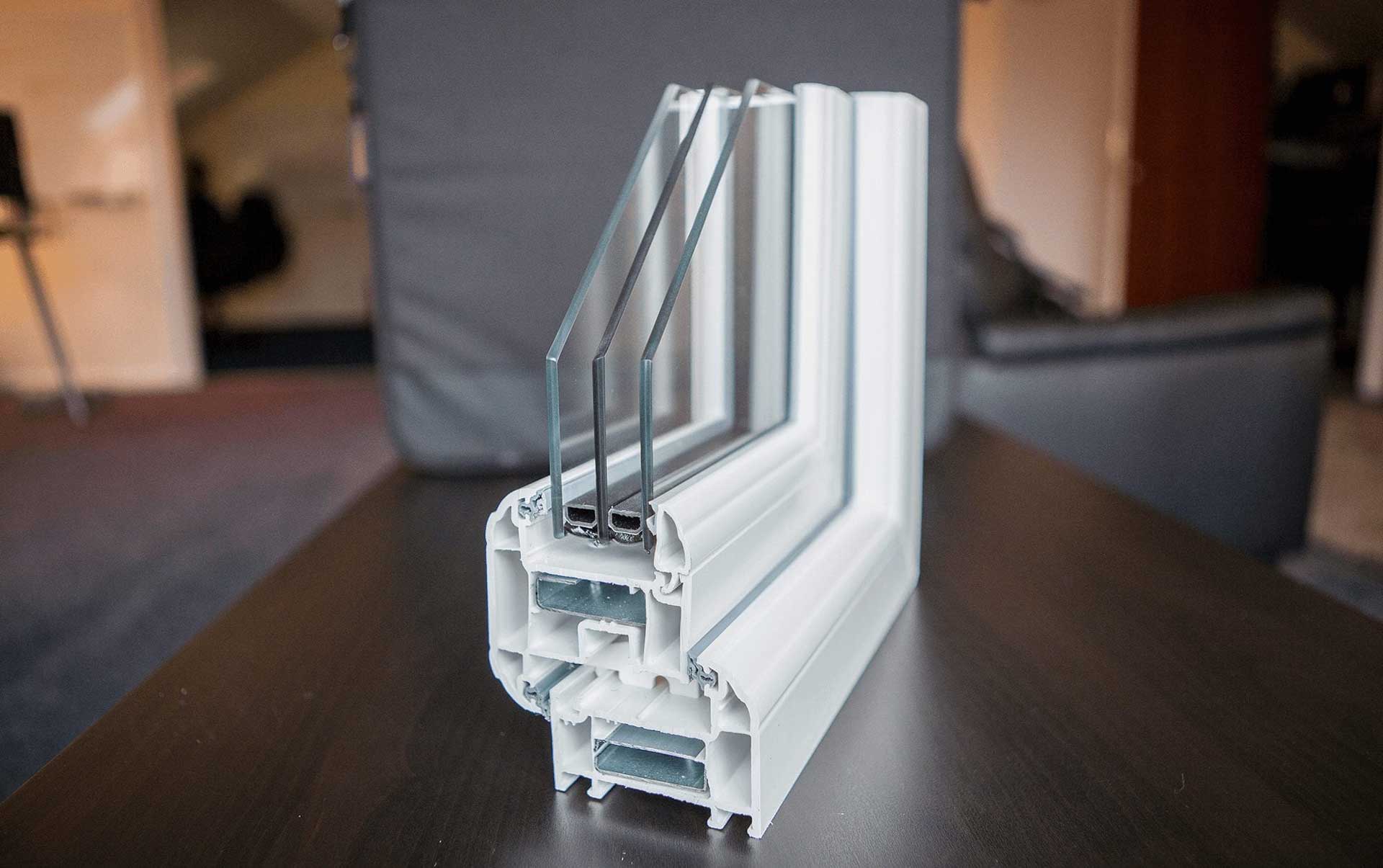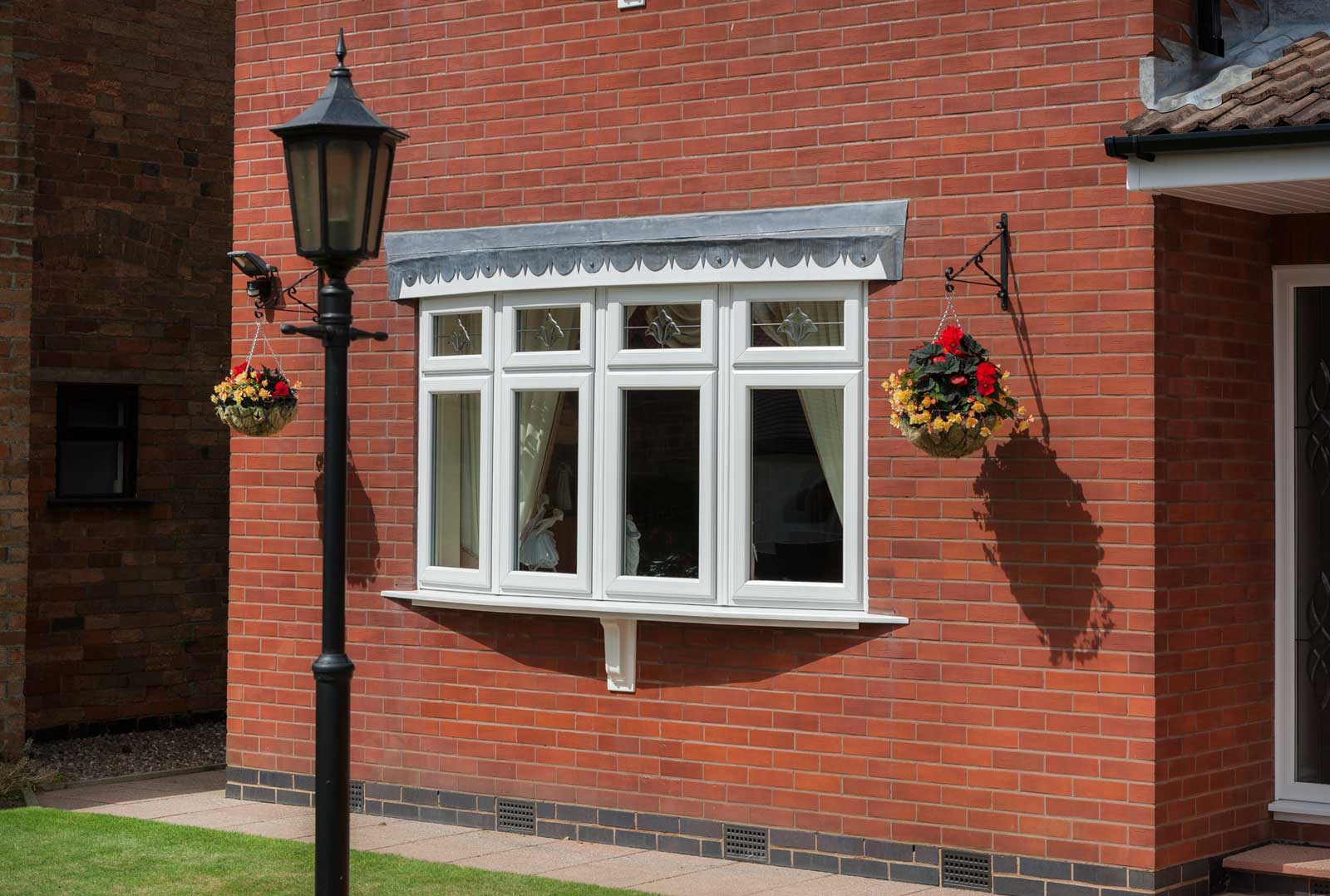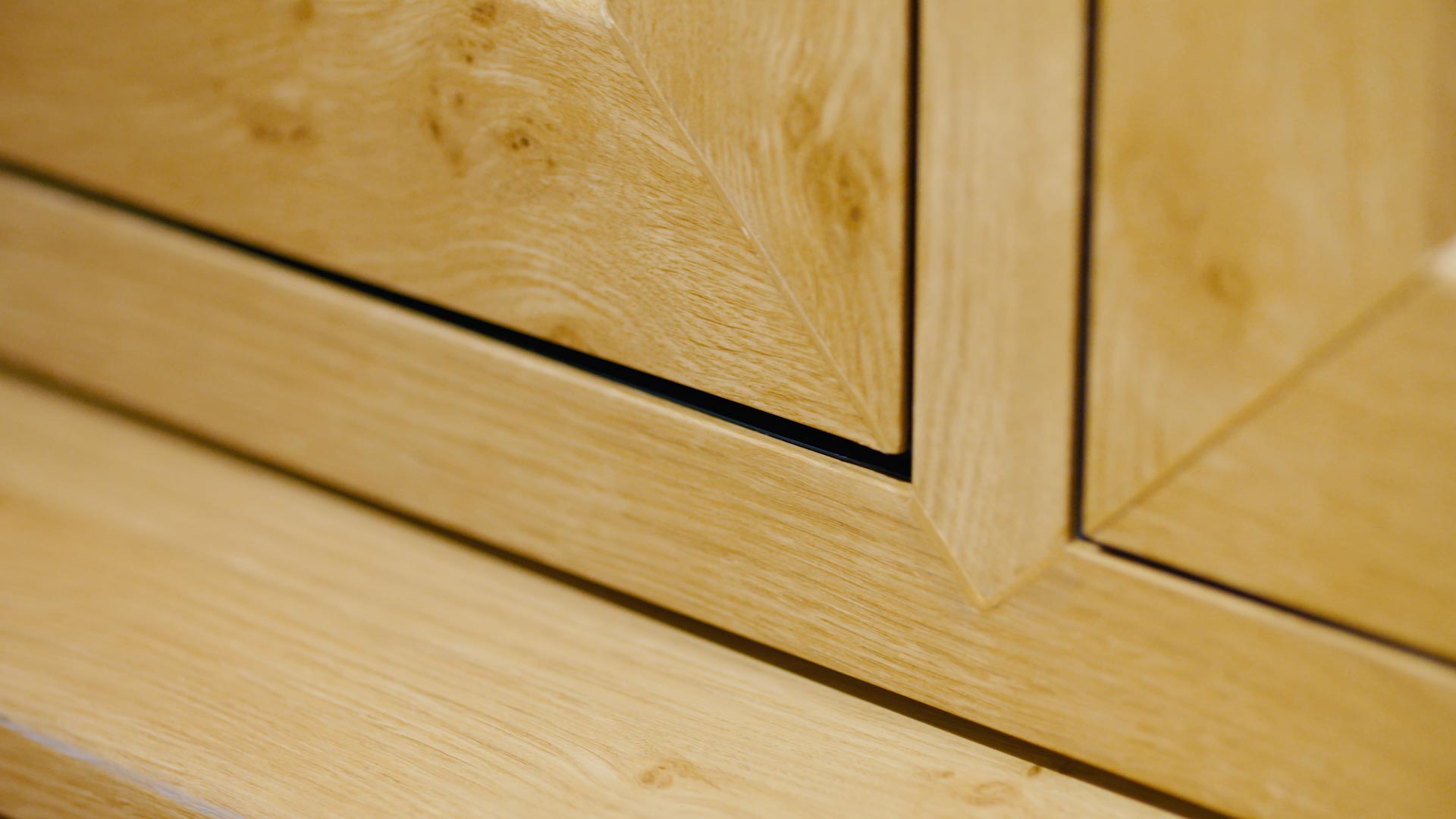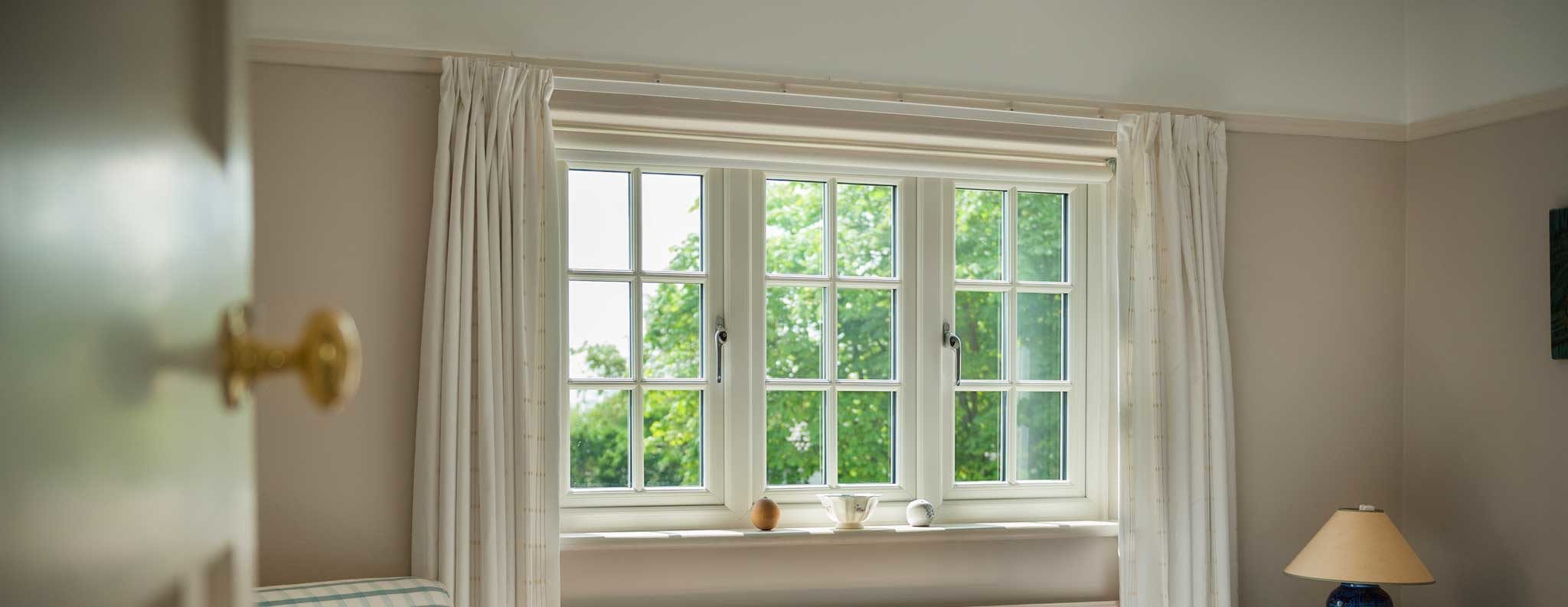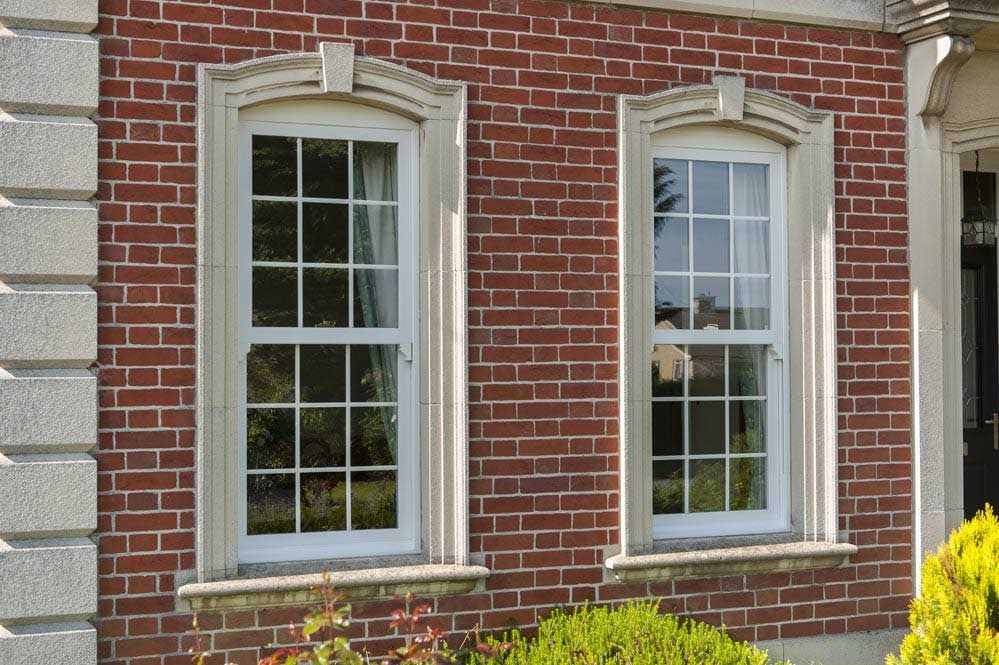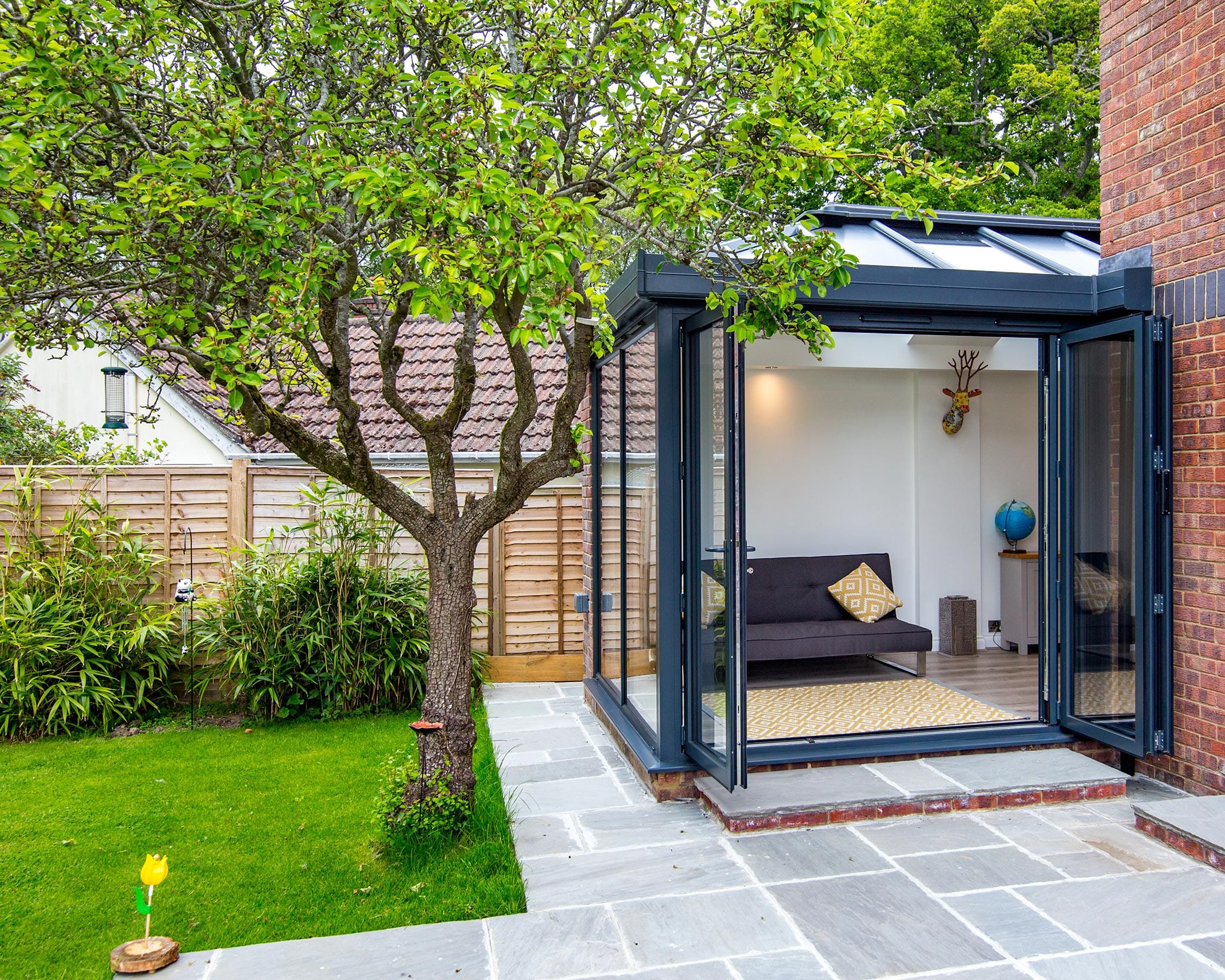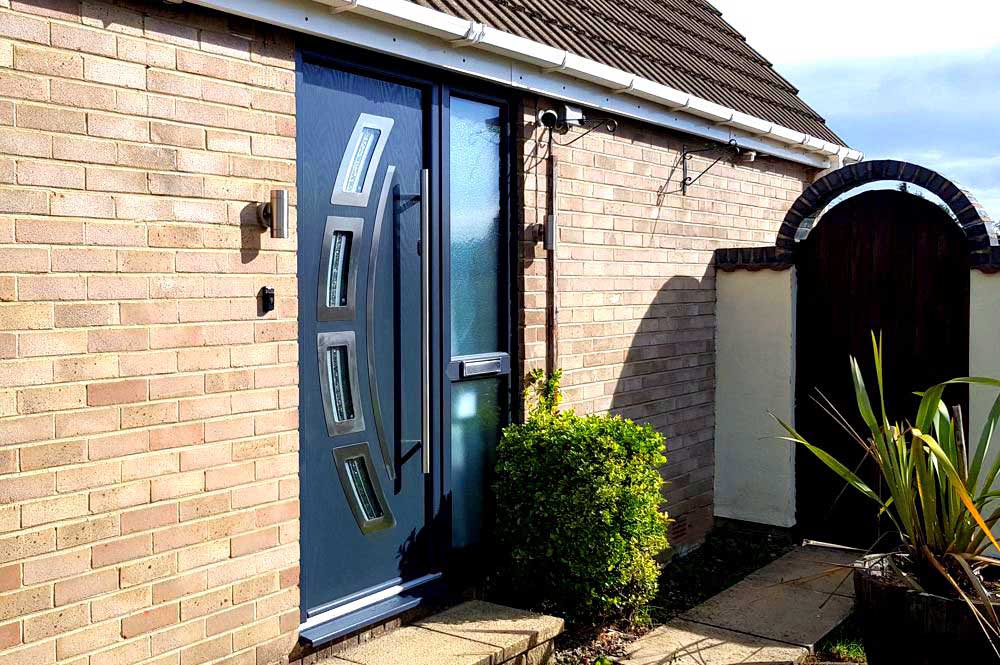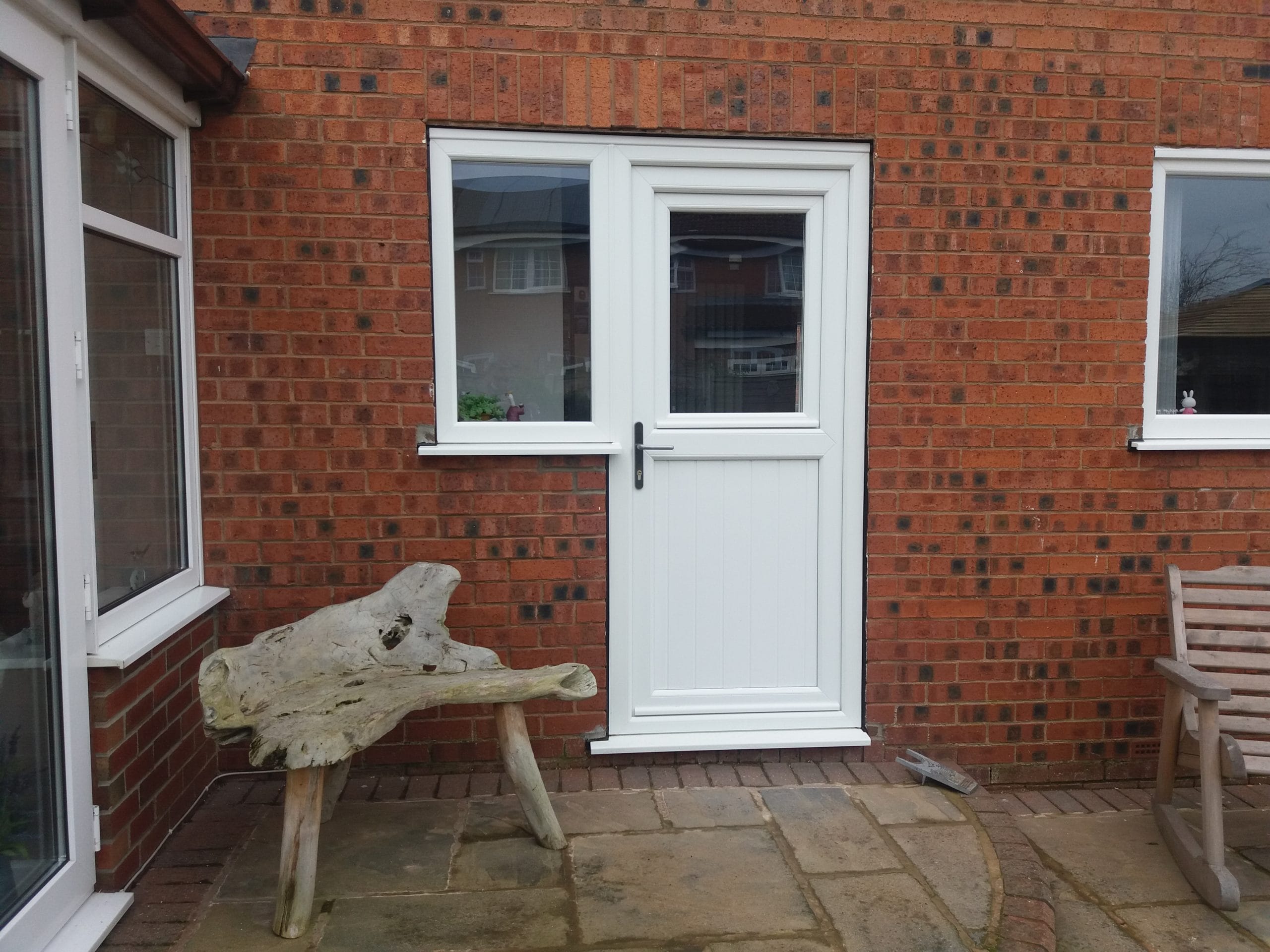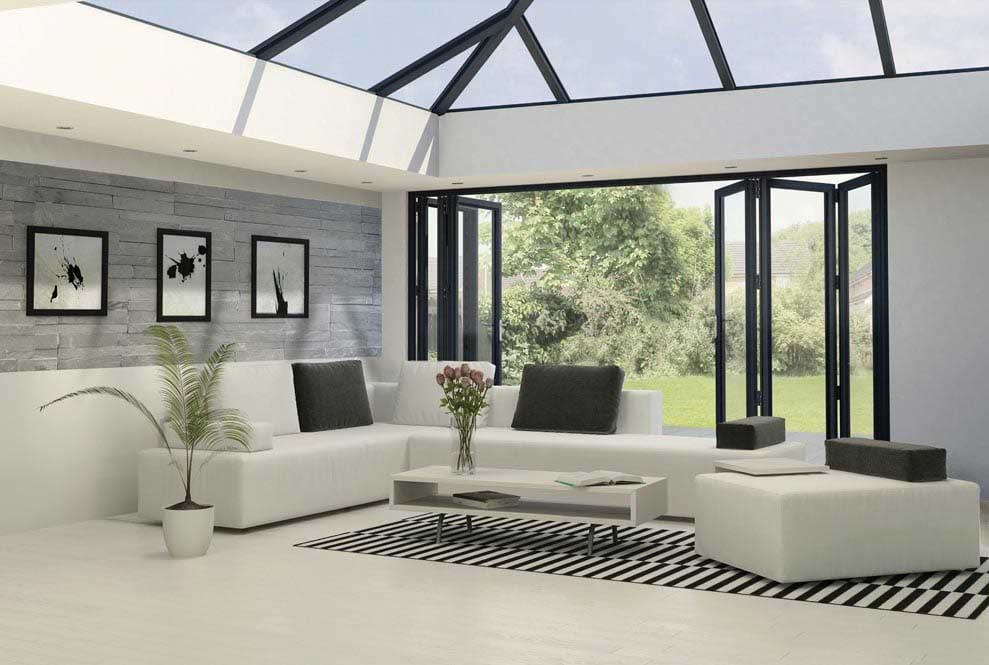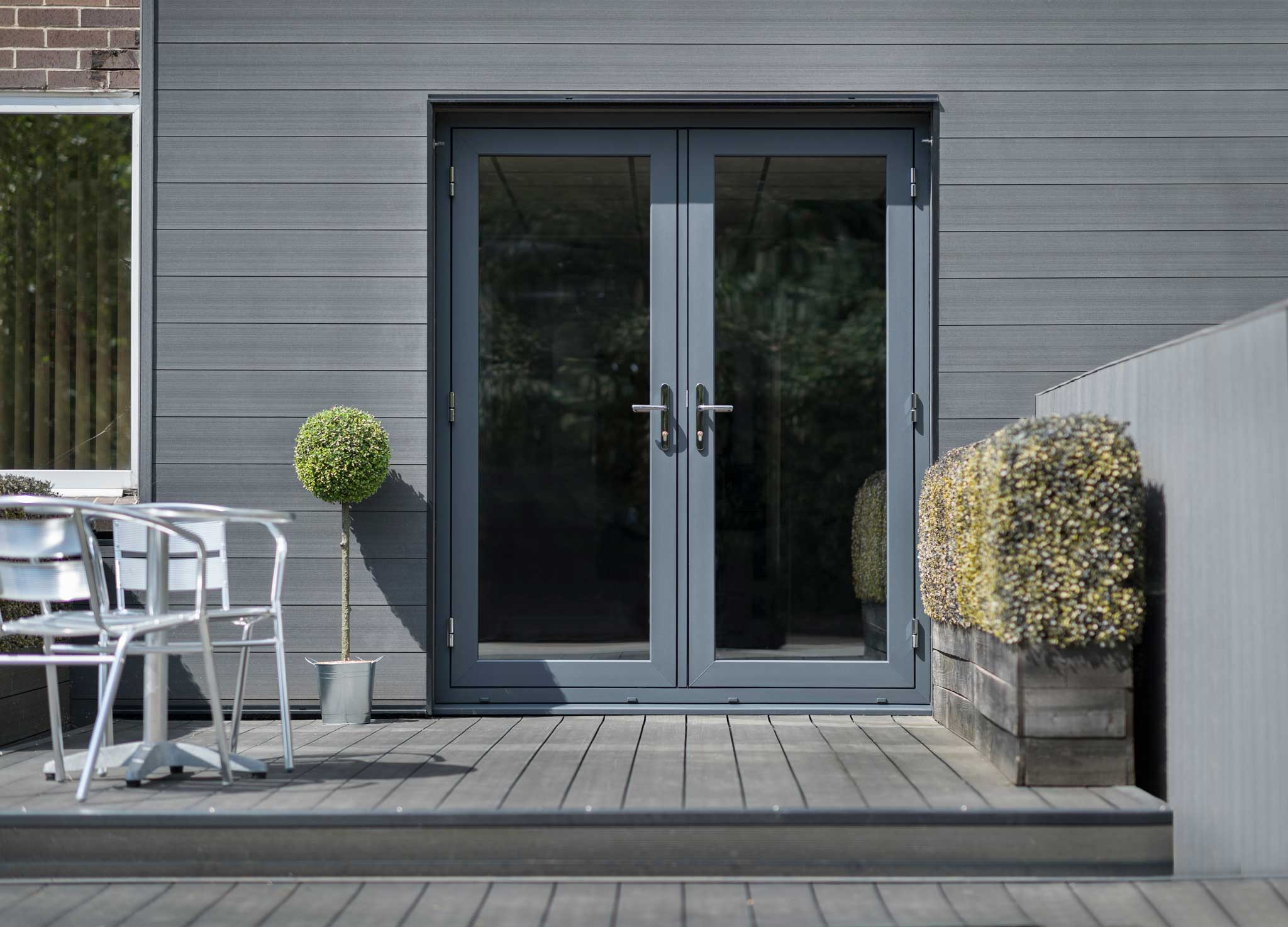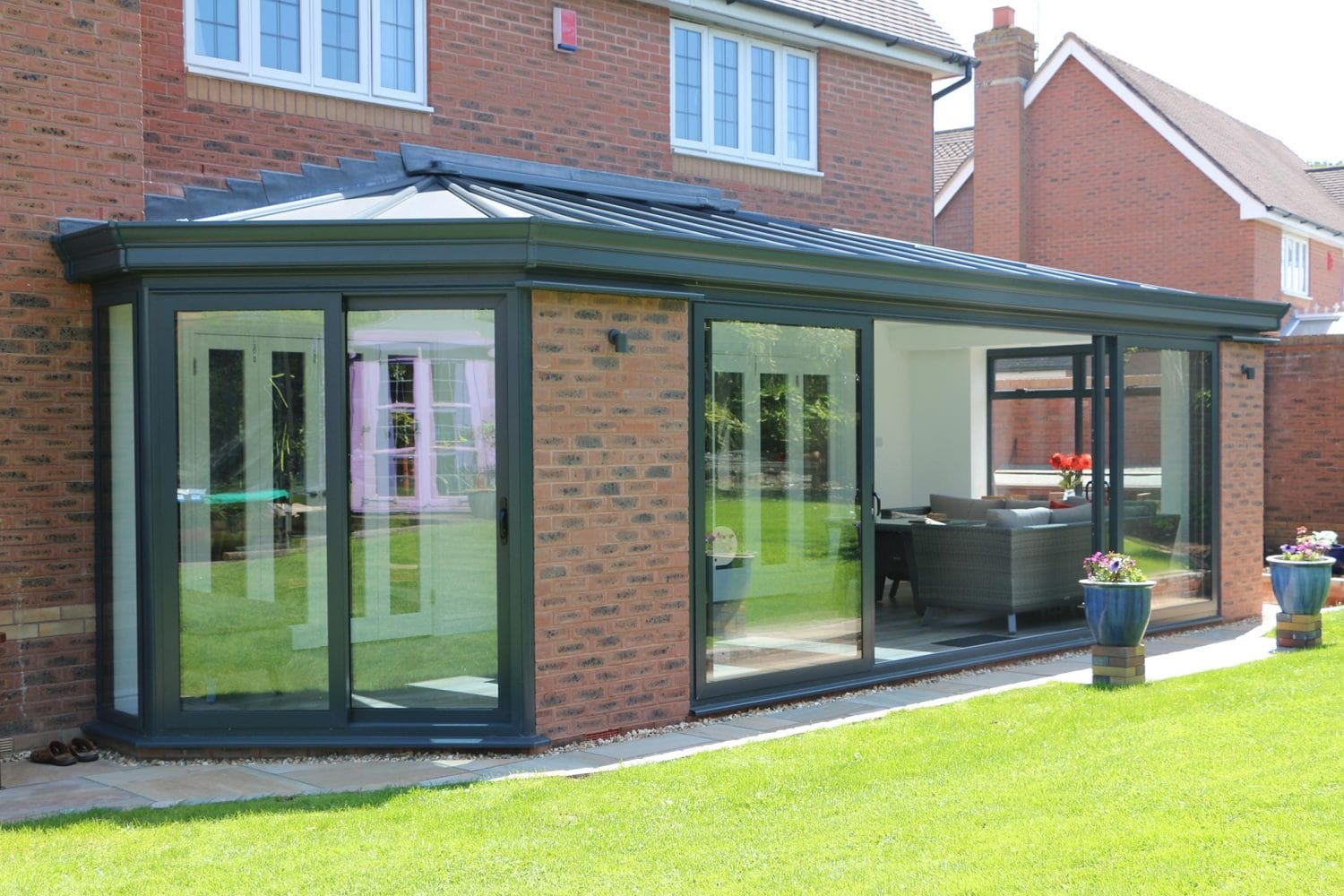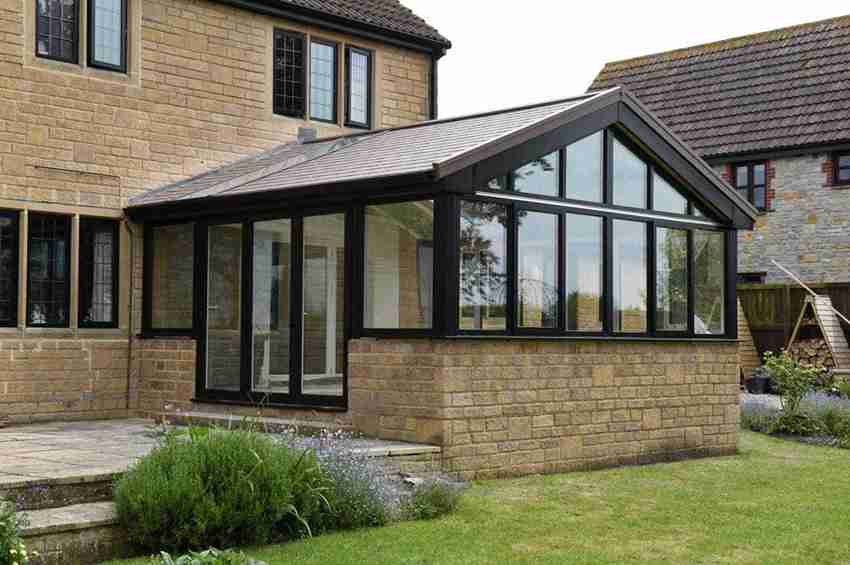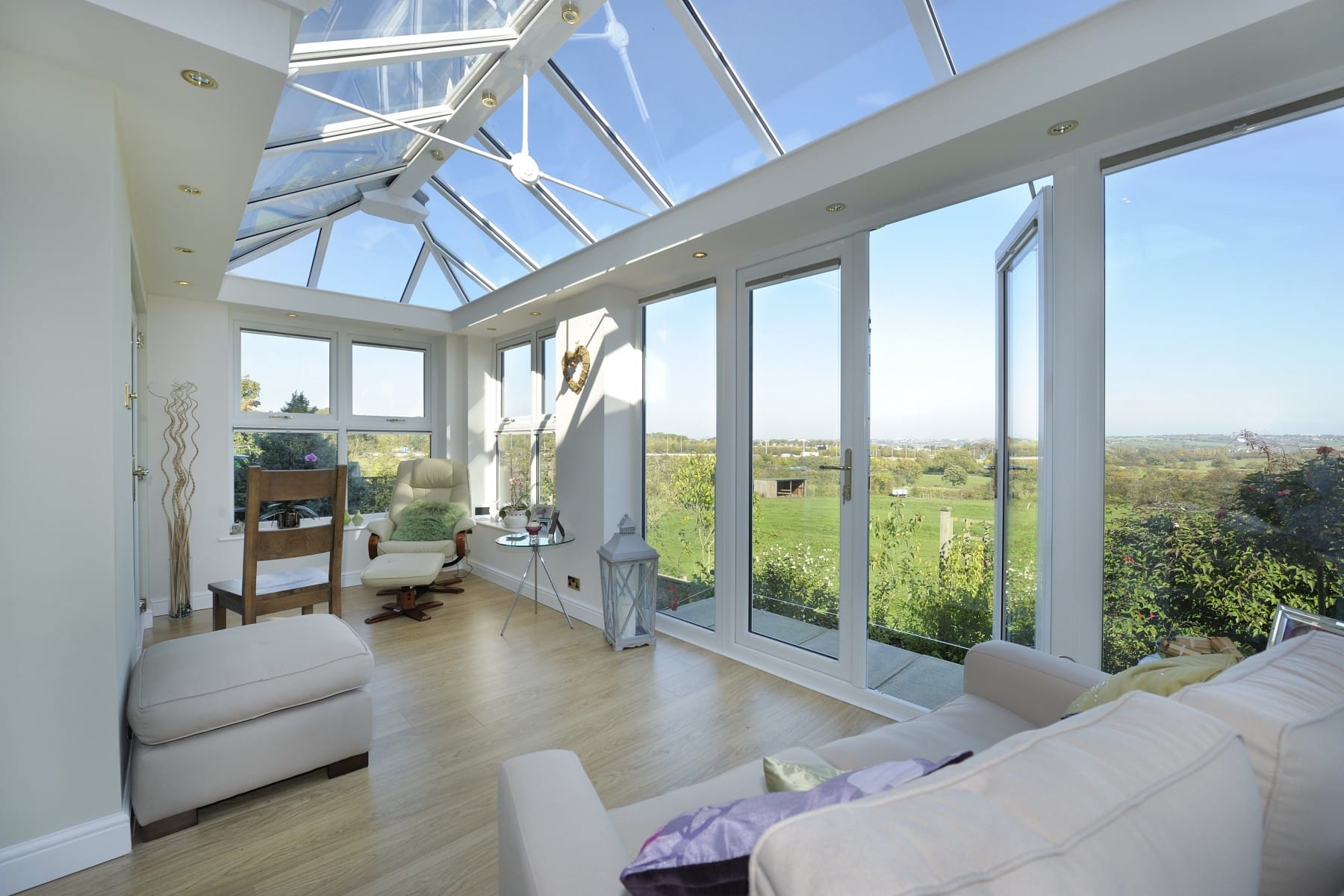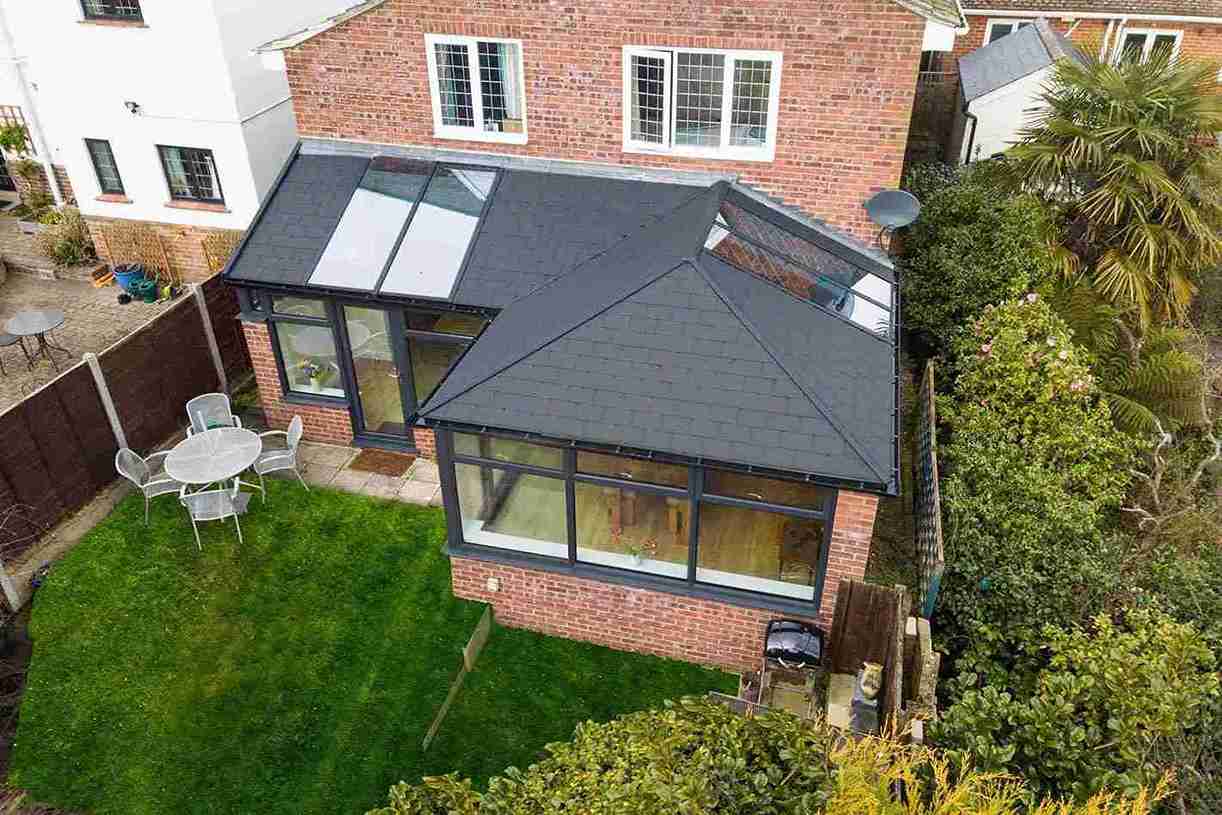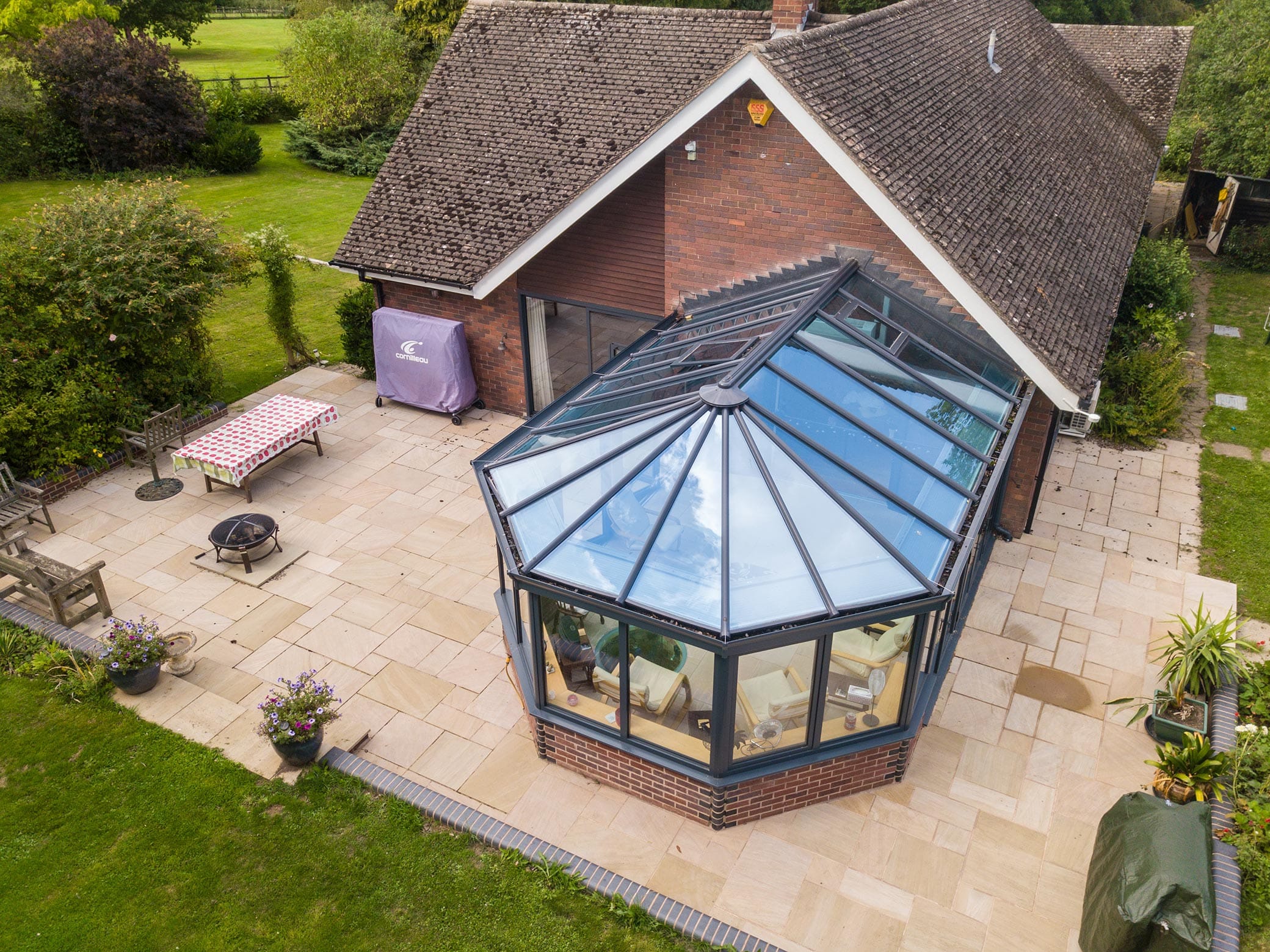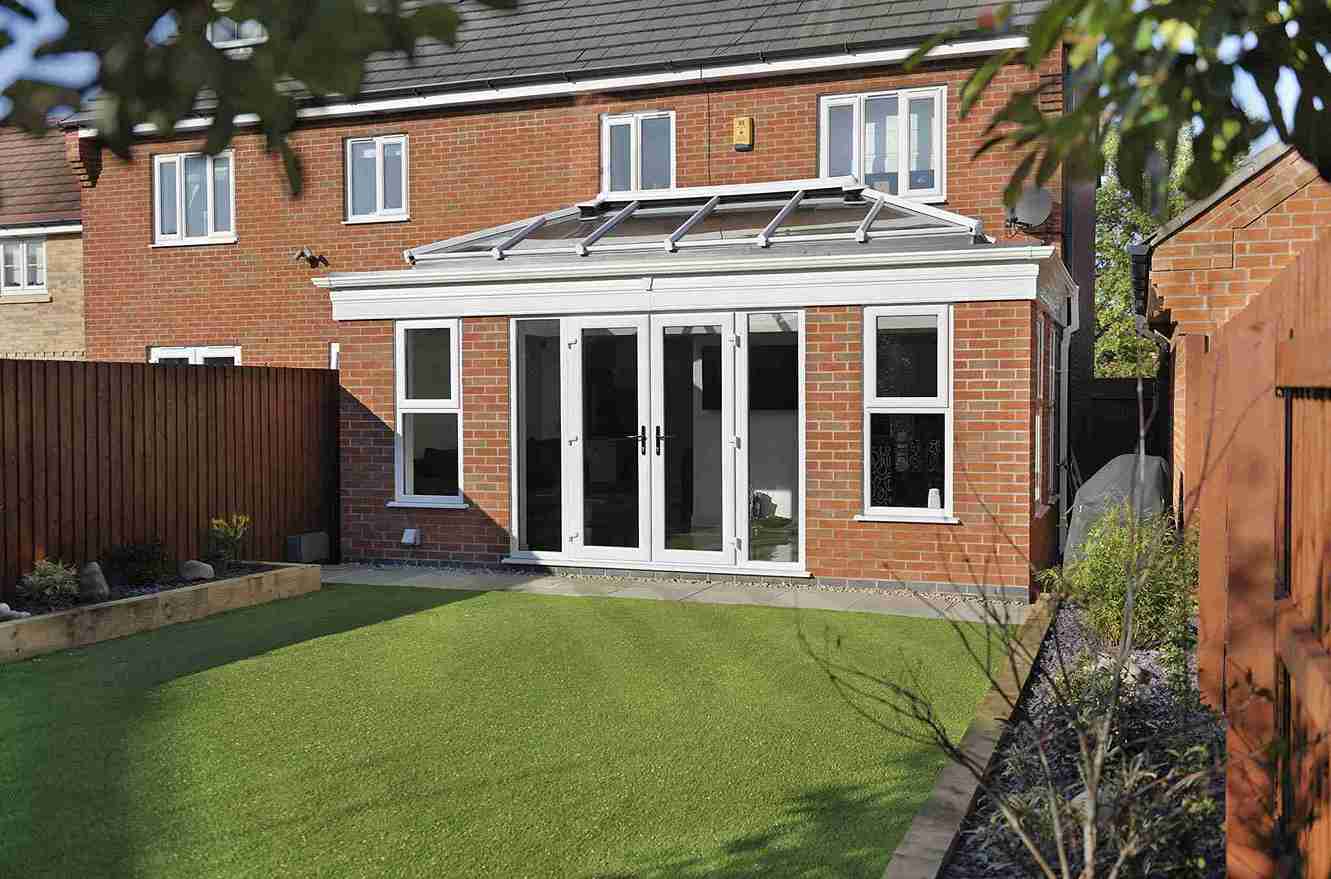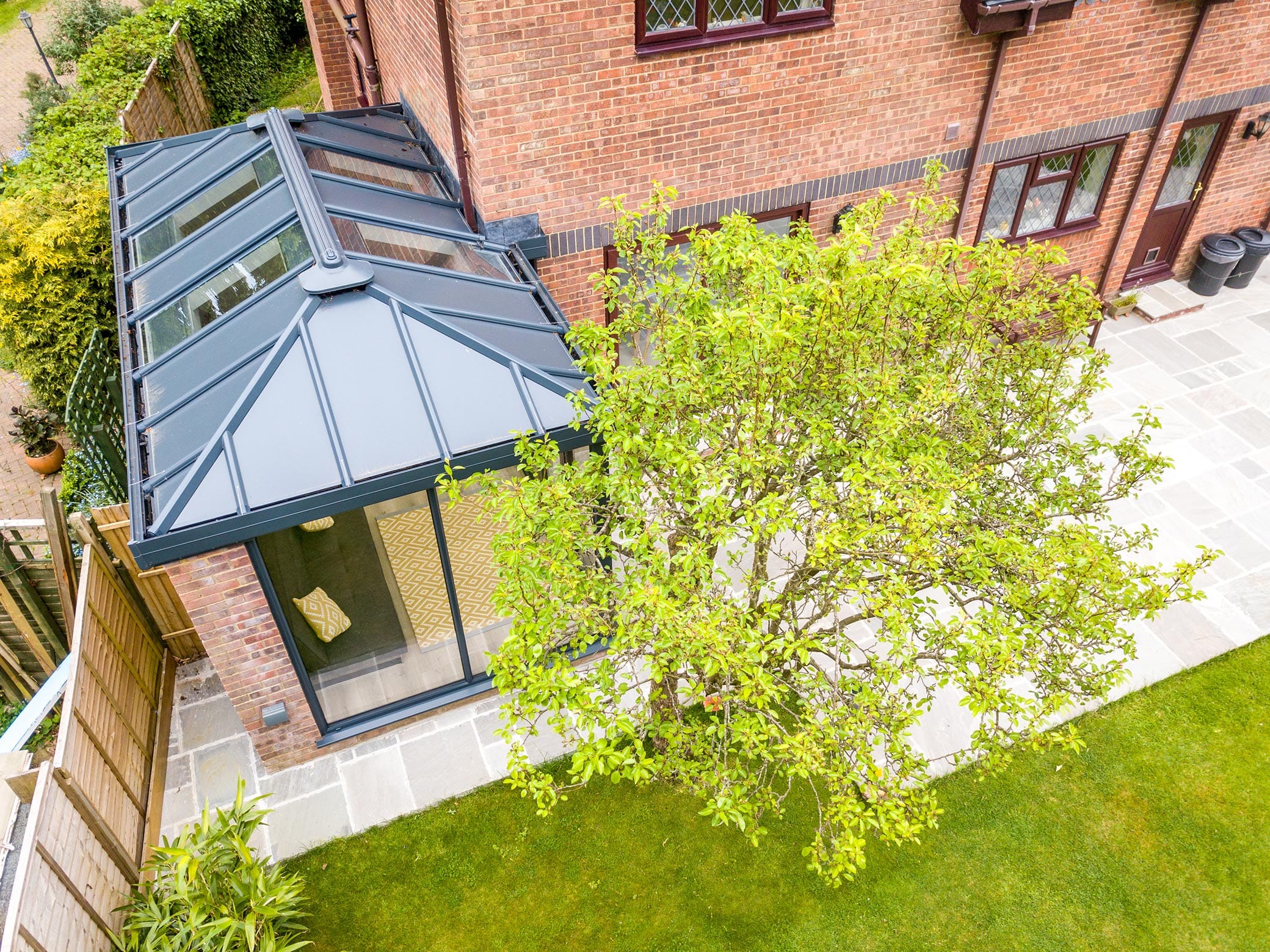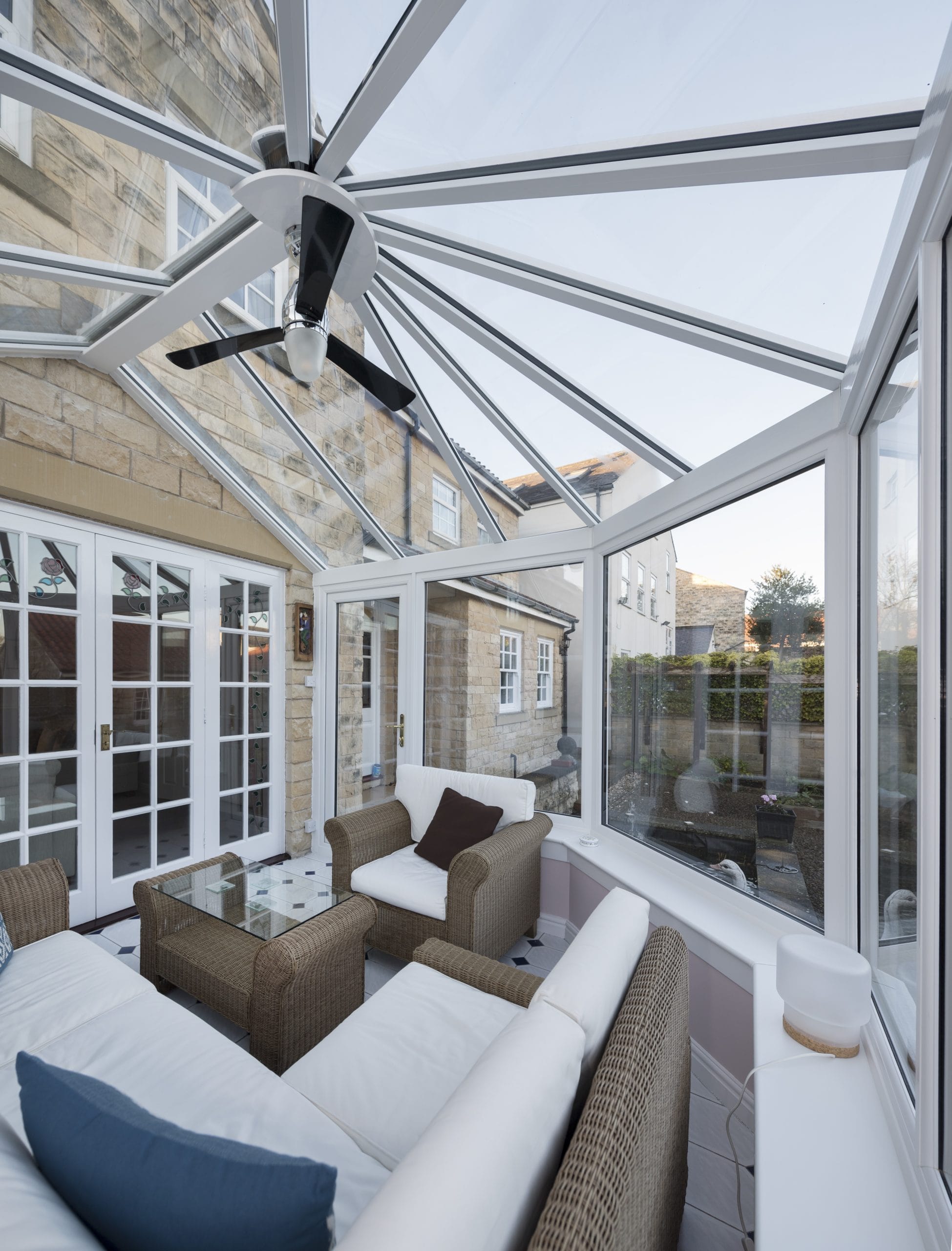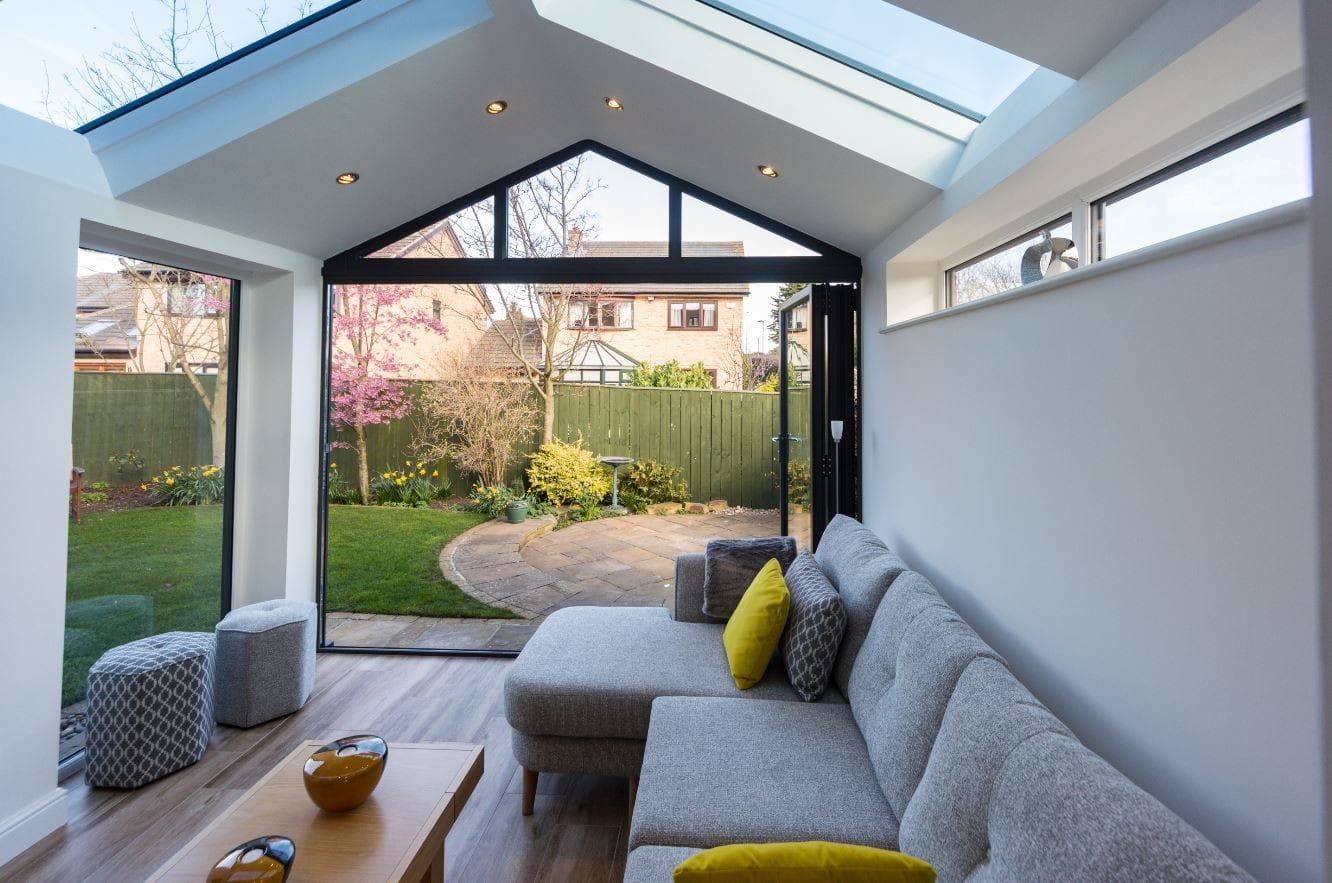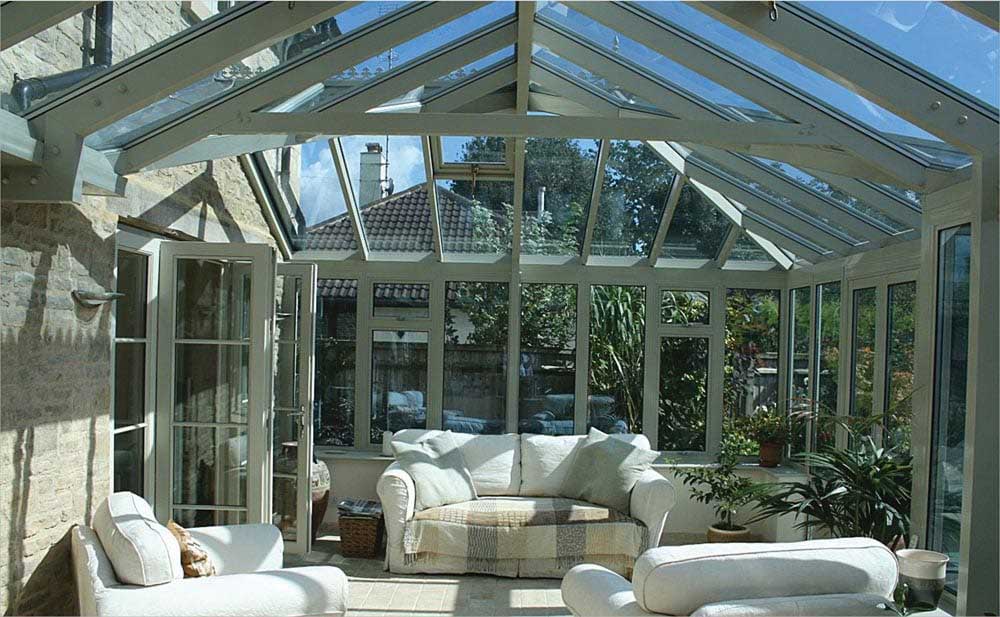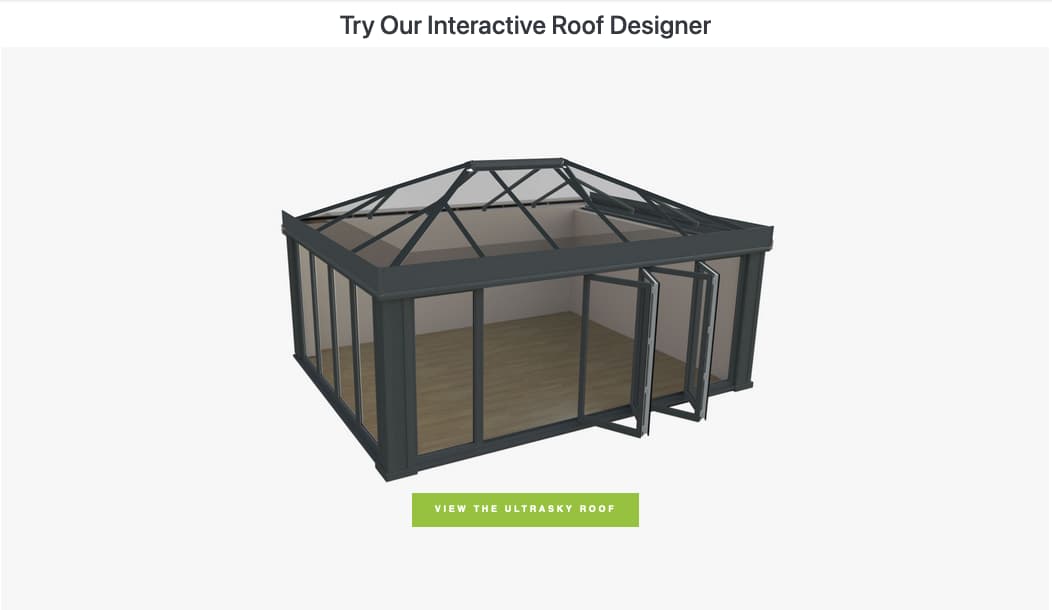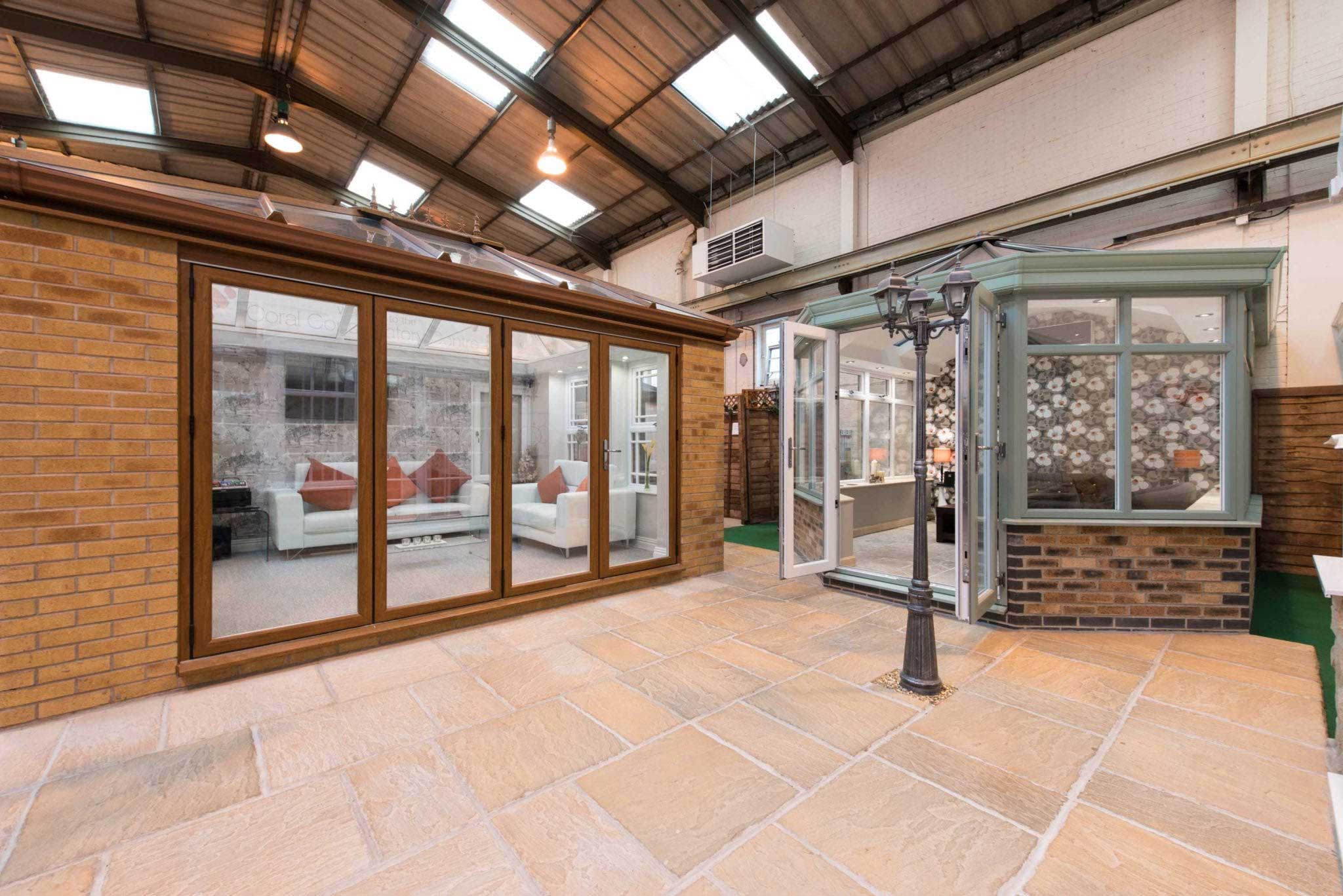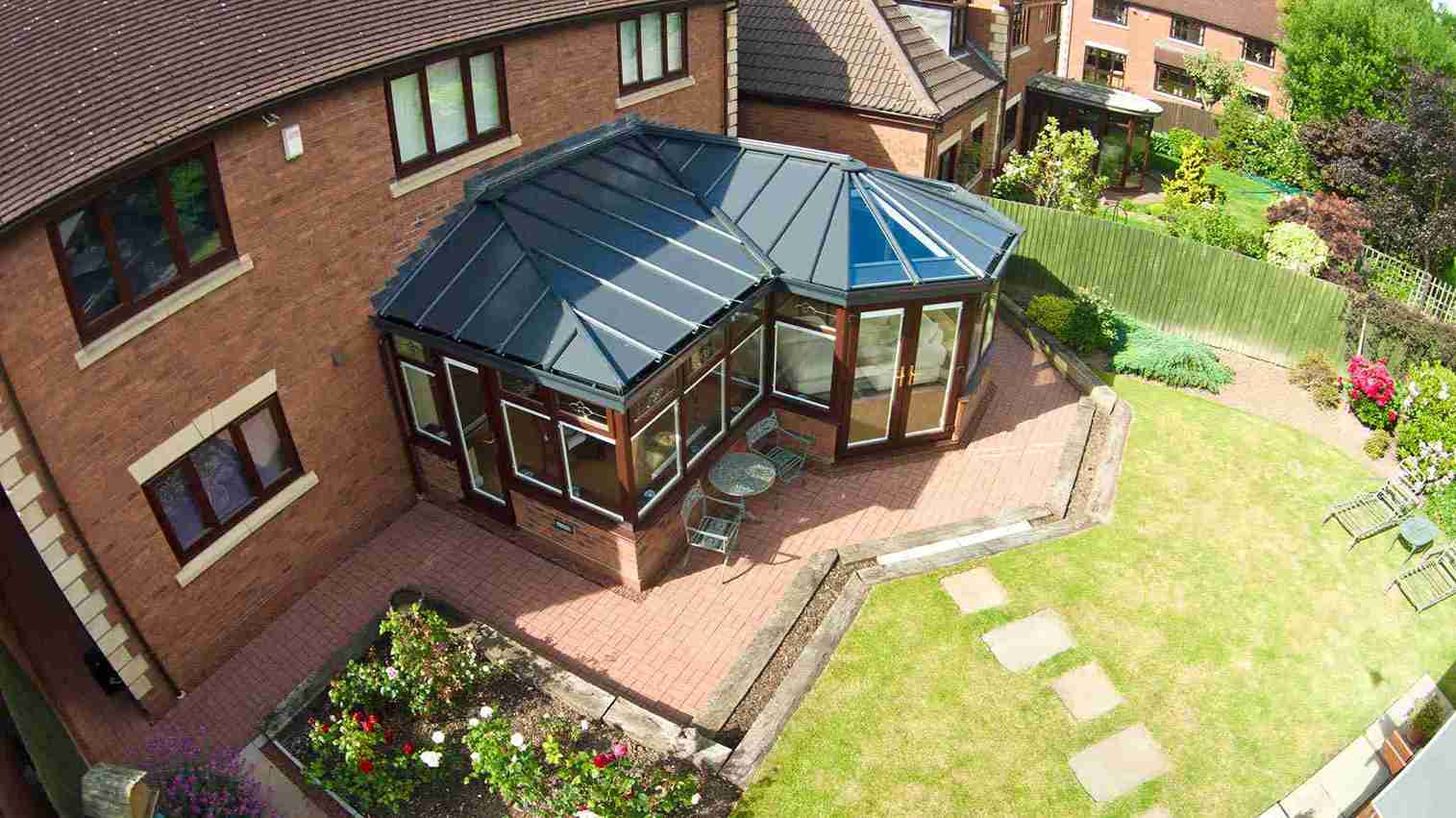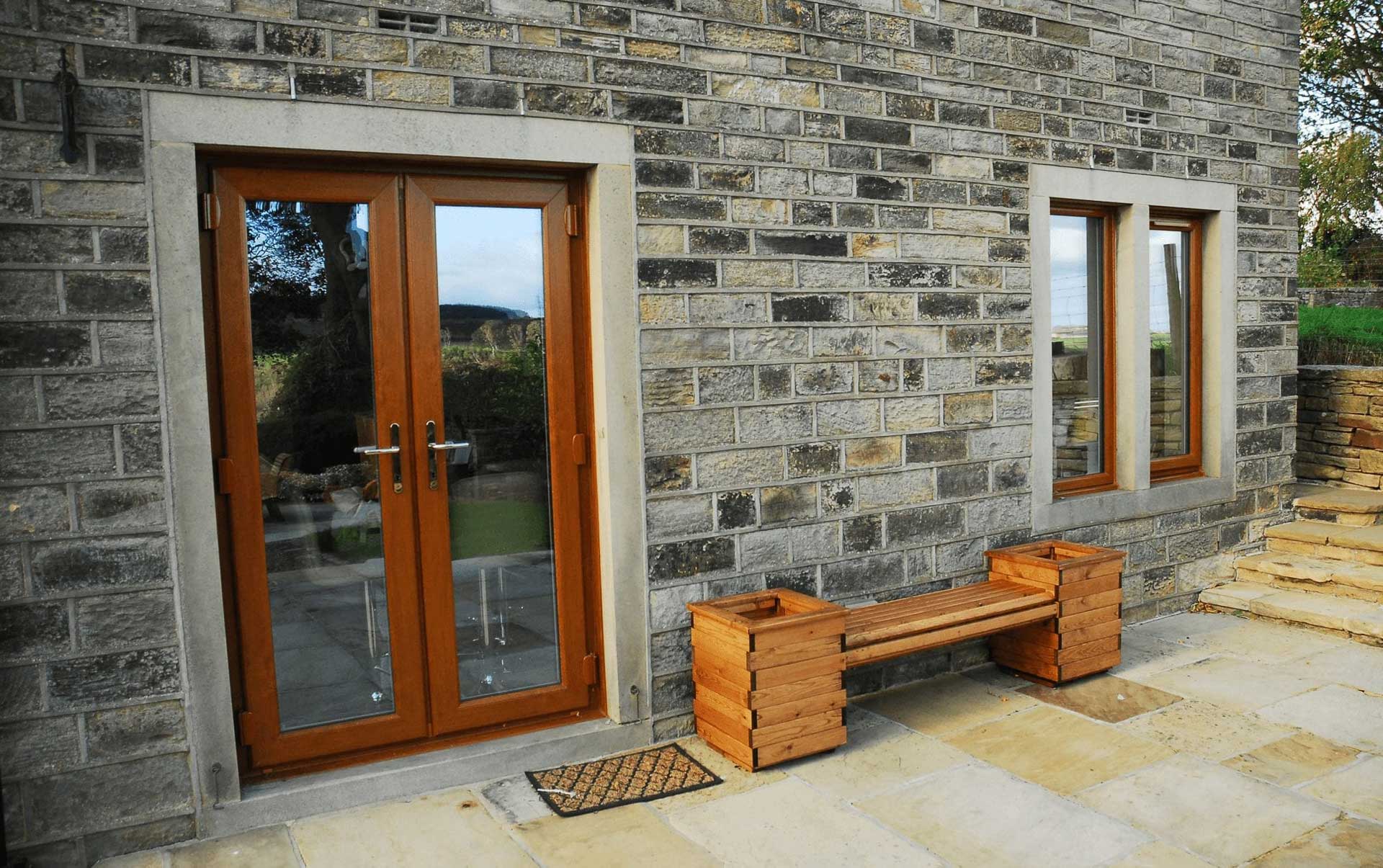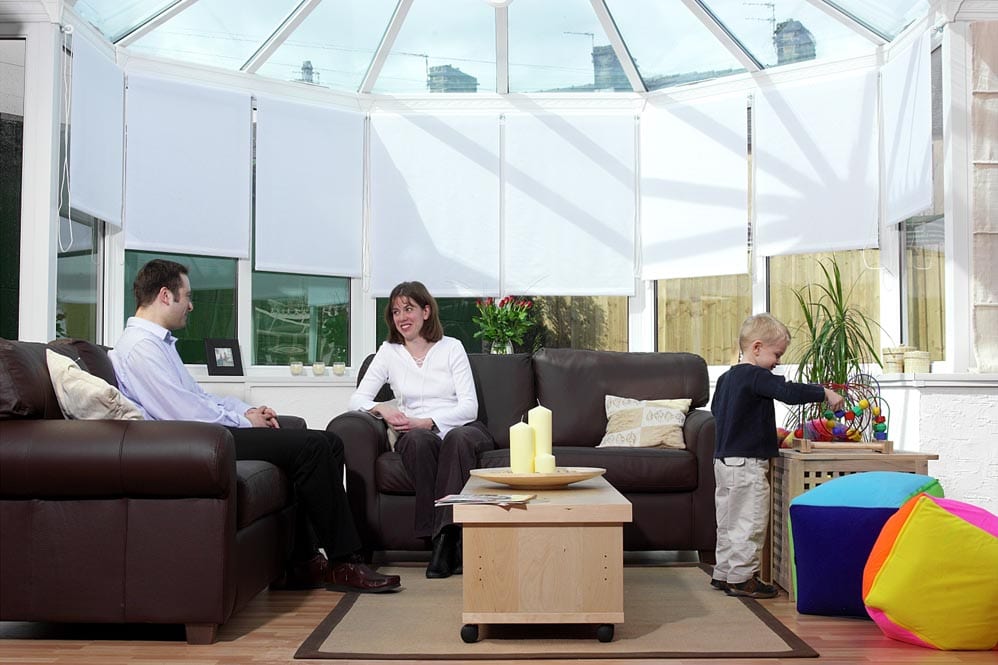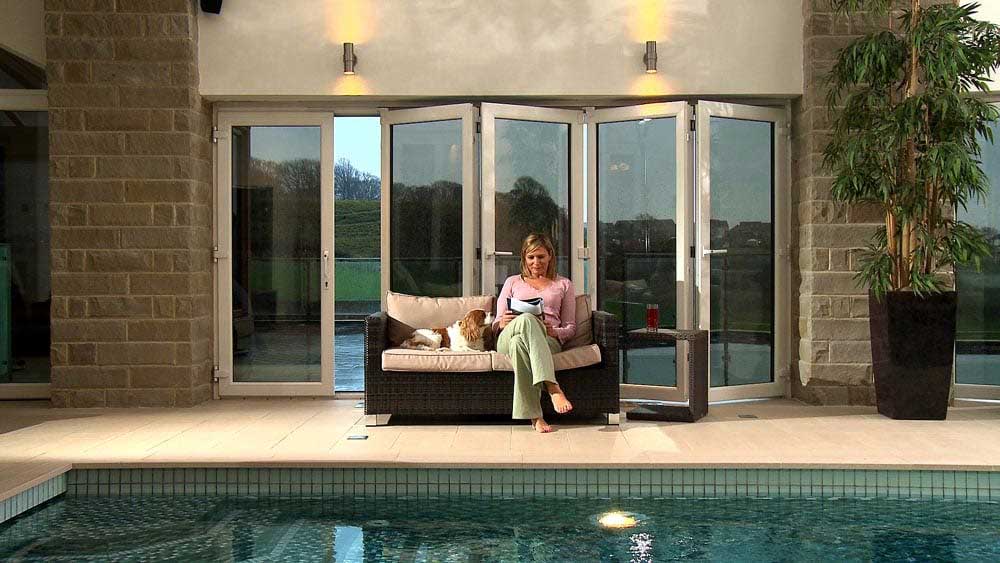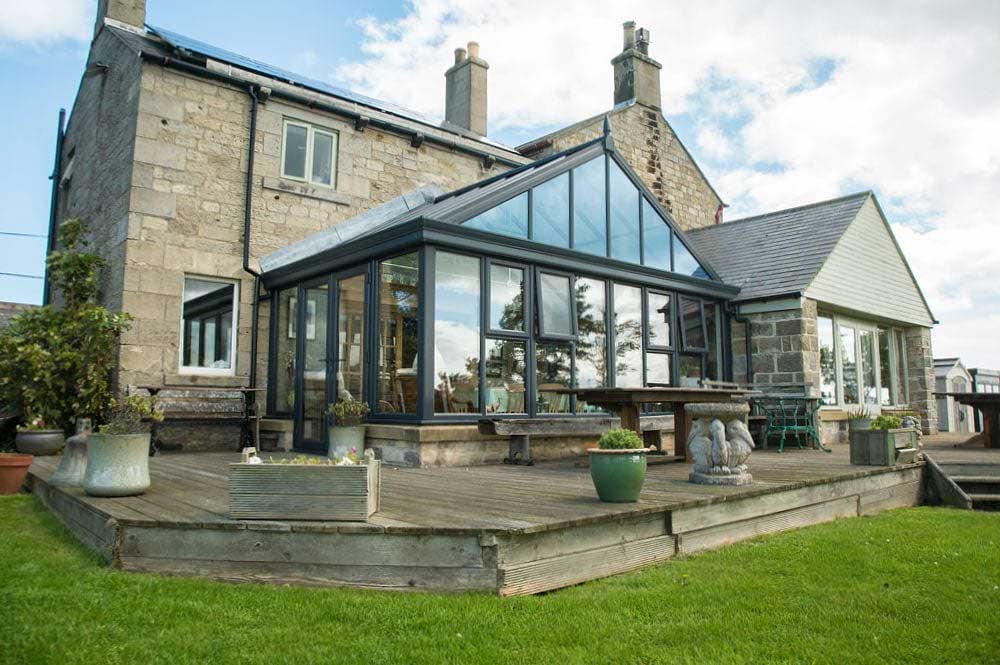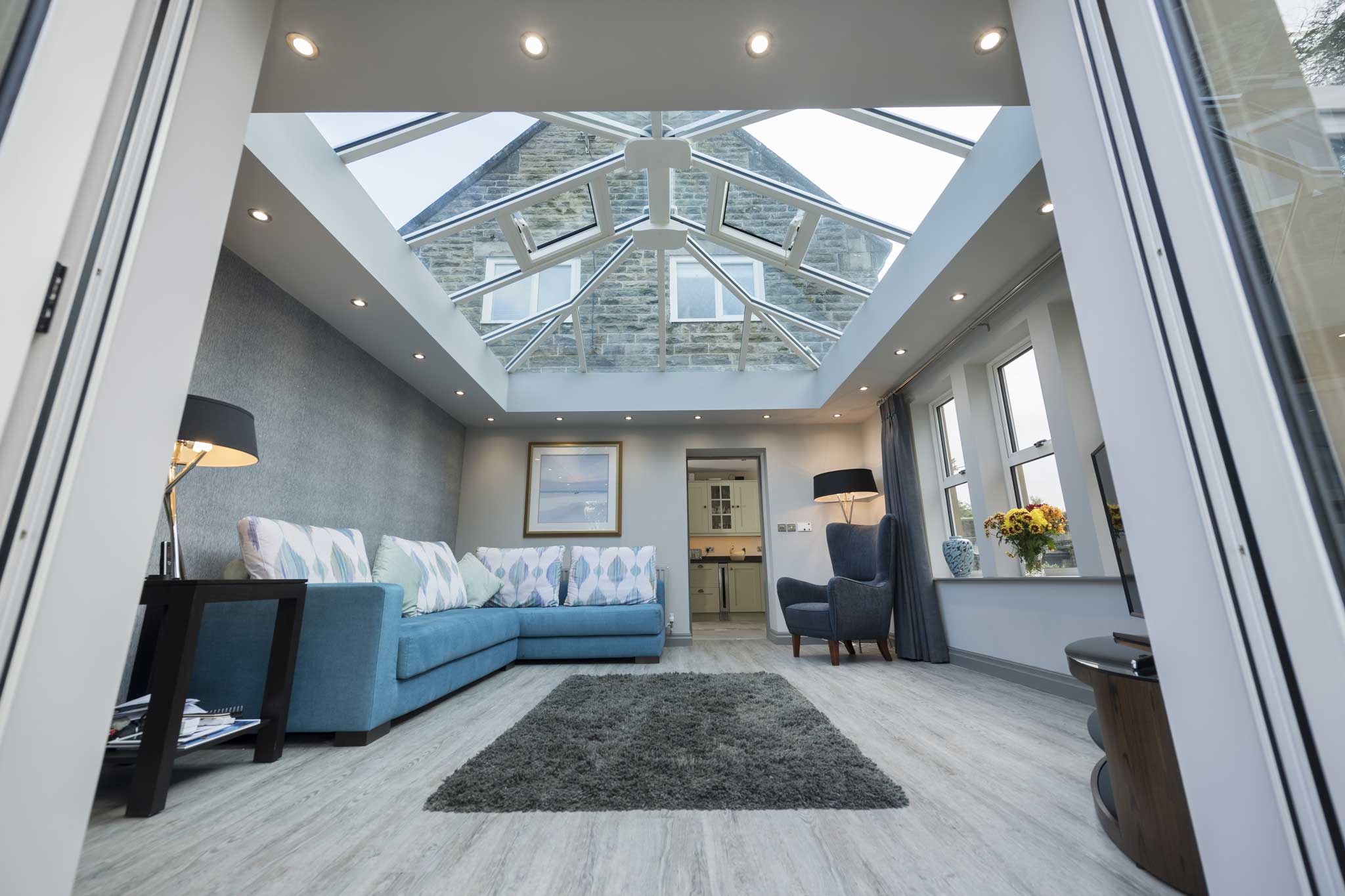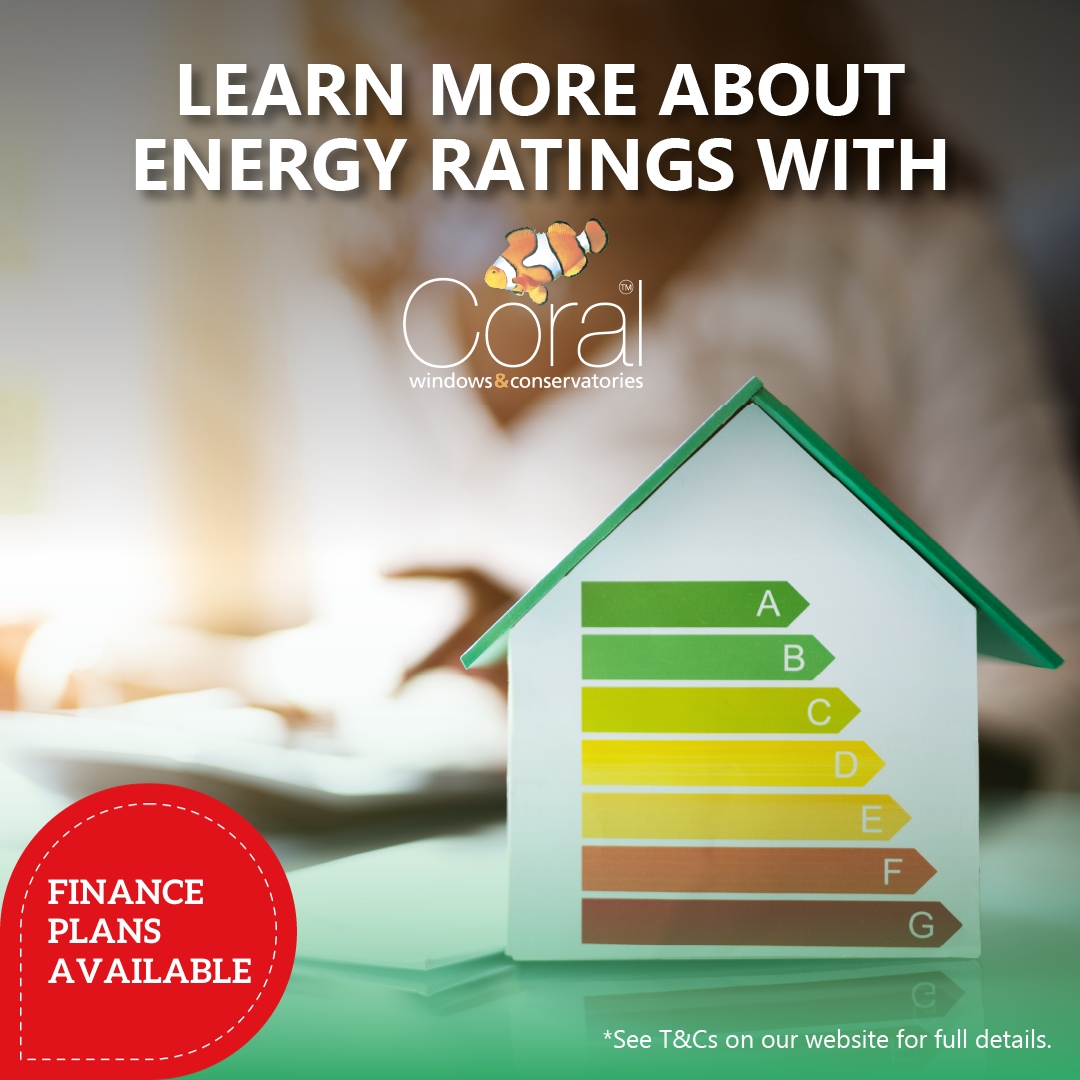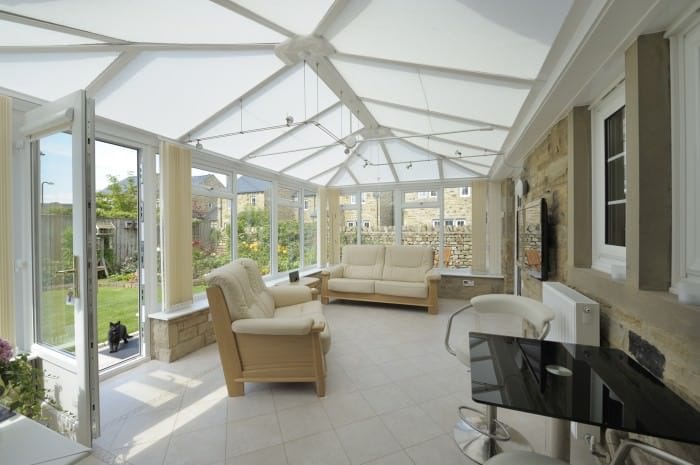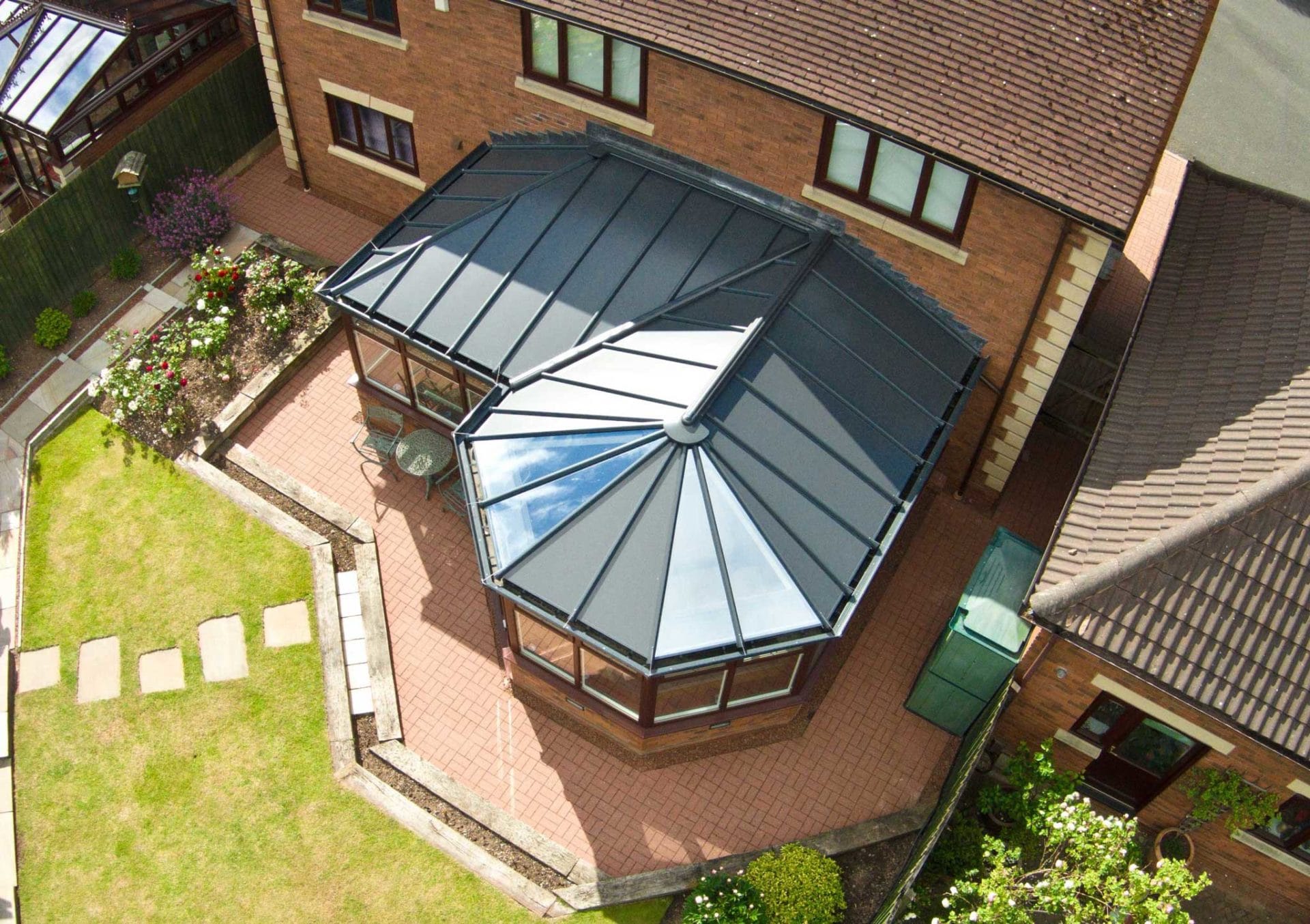Home Improvement Buying Guide- Energy Ratings Explained
If you’re thinking of getting into home improvement and renovations, it’s easy to get lost in aesthetics, security, and comfort features in every new installment. It’s very easy to skip over one of the most important factors in the longevity of every project – energy efficiency.
We’ve made it a point to ensure that every customer is as well informed as possible when making a purchase with us here at Coral Windows, so we’ve put together an all-in-one guide to understanding energy efficiency with every product they browse.
How To Read Energy Efficiency Labels
Every window and door has a label that provides valuable information about a product’s performance in terms of energy efficiency. The performance is measured in terms of insulation, heat retention, and air leakage. These criteria were put together to ensure that customers are making decisions that are well-informed in order to save on bills and have an awareness of their carbon footprint as well as their environmental impact.
One common rating system for windows and doors in the UK is the Window Energy Rating (WER) and Door Energy Rating (DER) system. These labels provide a straightforward way to assess a product’s energy performance. The higher the rating, the more energy-efficient the product.
Deciphering the Window and Door Energy Ratings (WER and DER)
The Window Energy Rating (WER) and Door Energy Rating (DER) labels typically consist of a range of letters and numbers, as well as an associated color band. Here’s how to decipher these labels:
U and R Values (thermal transmittance)
There is a direct correlation between U-Values and R-Values as both of them are used to measure thermal conductivity and resistance.
- U-values are an indication of thermal conductivity, meaning a Low U-value is indicative of high thermal insulation.
- R-values are indicative of better thermal resistance, meaning a higher R-value is also indicative of high thermal insulation.
Typically you’d find one or the other when looking into home renovations, but their relationship is clear in that the Higher an R-value gets, the lower the U-value gets. Typically, these values are presented as a number in the form of an equation: W/(m2⋅K).
Solar Factor/Solar Heat Gain Coefficient (SHGC)
The SHGC determines how well a door or window can block heat from the sun and how much heat passes through an object. For context, the lower a SHGC score is, the better it performs.
Effective Air Leakage
This is essentially a measurement of how draught-proof a product is. Low air leakage means the prevention of cold spots and a higher probability of trapping heat indoors. Similarly to U-Values the lower the score, the better the performance. 0.1 is the top-of-the-line performance in terms of air leakage, however, 0.3 is still a very strong performance.
Energy Rating/Energy Index
The energy rating is a score given to a product that summarises everything we’ve mentioned up until now. The U-Values, SHGC, everything. It also has an equation of its own: kWh/m2/yr. In simpler terms the higher the score, the better the performance.
Color Band and A++ to G Ratings
On the rare occasion where you have to make a quick decision on the spot, the colour coding provides a very quick visual reference to which you can make a good decision at a glance. The higher the energy efficiency, the better the colour is (typically it’s green or blue).
In addition, the overall energy efficiency is rated on an A++ to G system too, from A++ being the most energy efficient to G being the least.
How To Use The Information To Your Advantage
Now that you understand how to read energy efficiency labels for doors and windows, you can make more informed choices for your home improvement project. Here are some tips for selecting the right products:
- Where is your home?: As simple as this question seems, where your home is situated has one of the biggest knock-on effects on your decision-making when reading these labels. Let’s say that your home is in a very cold area. Then your main priority would be a product that has a good U-Value. On the other hand, if you were in a warm climate, you’d focus on the score of your solar factor. Each metric of energy efficiency should contribute to your decision based on your environment.
- Balance Energy Efficiency and Aesthetics: While energy efficiency is essential, don’t forget about aesthetics. Modern doors and windows come in various styles and materials, so you can find options that combine beauty and efficiency.
- Consult a Professional: If you’re unsure about which products to choose, consider consulting a professional. We have a whole host of industry specialists on the other end of the screen waiting to give no-obligation advice. You can either book an appointment with us or if you’re looking for a less formal conversation, you can request a callback.
Categories: Uncategorised

